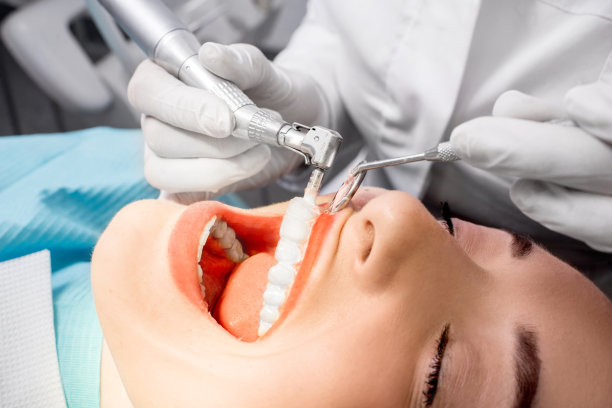Essential Guidelines to Ensure Safe and Successful Dental Implantation Procedures and Patient Outcomes
Summary: Dental implantation is a crucial procedure in modern dentistry that can significantly enhance patients quality of life. However, the success of dental implants hinges on several essential guidelines that ensure both safety during the procedure and positive long-term patient outcomes. This article delves into four key areas: preoperative assessments, implant site preparation, surgical techniques, and postoperative care. By adhering to these guidelines, dental professionals can optimize the chances of success and reduce the risk of complications, leading to a satisfactory experience for patients. Understanding these aspects is vital for both practitioners and patients alike, making the journey of dental implantation safer and more effective.
1. Importance of Preoperative Assessments

The initial step in ensuring a successful dental implant procedure is conducting thorough preoperative assessments. This should involve a comprehensive medical history review, as well as examining any existing health conditions that may affect the surgery. For instance, conditions like uncontrolled diabetes or cardiovascular diseases can pose additional risks during the procedure.
Next, imaging techniques such as X-rays or CT scans should be utilized to evaluate the bone quality and quantity in the implant site. These images provide vital information about the anatomy of the jawbone and help in planning the surgery accurately. Dental professionals can determine the best approach to placement based on the individual patients needs.
Moreover, discussing the procedure and prospective outcomes with patients is essential. Transparency regarding what to expect can significantly reduce anxiety and prepare patients for a better overall experience. By ensuring that patients are well-informed, their cooperation and satisfaction are likely to improve.
2. Effective Implant Site Preparation Techniques
Once the preoperative assessment is complete, the next focus is on implant site preparation. A well-prepared site is crucial for the placement of a dental implant. First, proper sterilization of the surgical instruments and the operating environment is vital to minimize the risk of infection.
The surgical approach should also be carefully considered. Depending on the case, options may include traditional flap surgery or flapless techniques. Flapless techniques often result in less postoperative discomfort and faster recovery but may not be suitable for every patient. The choice should be based on the individual’s condition.
Adequate bone preparation is another aspect that must not be overlooked. If there is insufficient bone density, techniques such as bone grafting may be required prior to implant placement. Doing so ensures a stable foundation for the implant and significantly enhances the chance of success.
3. Adopting Proper Surgical Techniques
The success of dental implants heavily relies on the surgical techniques used during the procedure. Precision and accuracy are paramount when placing the implant to avoid damaging surrounding tissues and structures. Utilizing guided surgery can help to achieve optimal implant placement.
(Furthermore, the choice of implant material plays a crucial role in the overall success of the procedure. High-quality materials, such as titanium or zirconia, promote better integration with the bone, ensuring durability and longevity of the implant.
Also, its essential to monitor the implant’s position during the procedure. Regular checks can help detect any deviations from the intended placement, allowing practitioners to make necessary adjustments on the spot. Effective communication among the surgical team can further enhance the outcomes of the procedure.
4. Importance of Postoperative Care and Follow-Up
Postoperative care and follow-up are critical components of the dental implantation process. Patients should be provided with clear instructions on how to care for the surgical site. This includes managing pain, maintaining oral hygiene, and identifying signs of potential complications.
Regular follow-up appointments allow dental professionals to assess the healing process of the implant and surrounding tissues. Quick identification of any issues—such as infections or failed integration—can facilitate timely interventions, which are crucial for patient safety and comfort.
Moreover, during these follow-ups, practitioners can encourage patients to adopt healthy lifestyle choices. Smoking cessation and proper nutrition can enhance healing and improve the overall success rate of the implants. Continuous support and guidance play a significant role in achieving optimal patient outcomes.
Summary:
This article highlights essential guidelines for ensuring safe and successful dental implantation procedures. By focusing on thorough preoperative assessments, effective implant site preparation techniques, proper surgical techniques, and post-operative care, dental professionals can significantly enhance patient outcomes and minimize risks. Adhering to these guidelines is crucial for a positive patient experience and lasting results.
This article is compiled by Vickong Dental and the content is for reference only.


